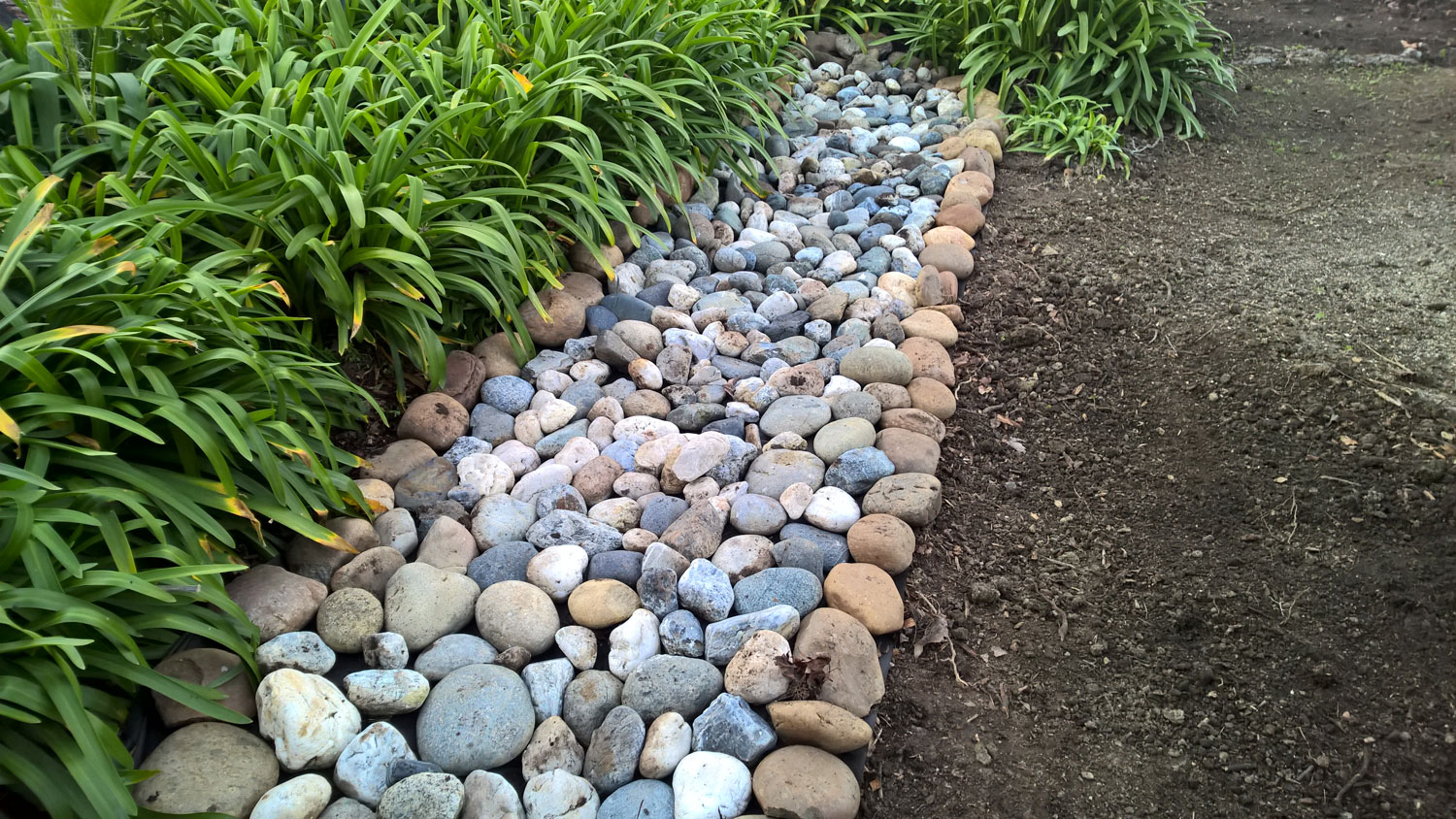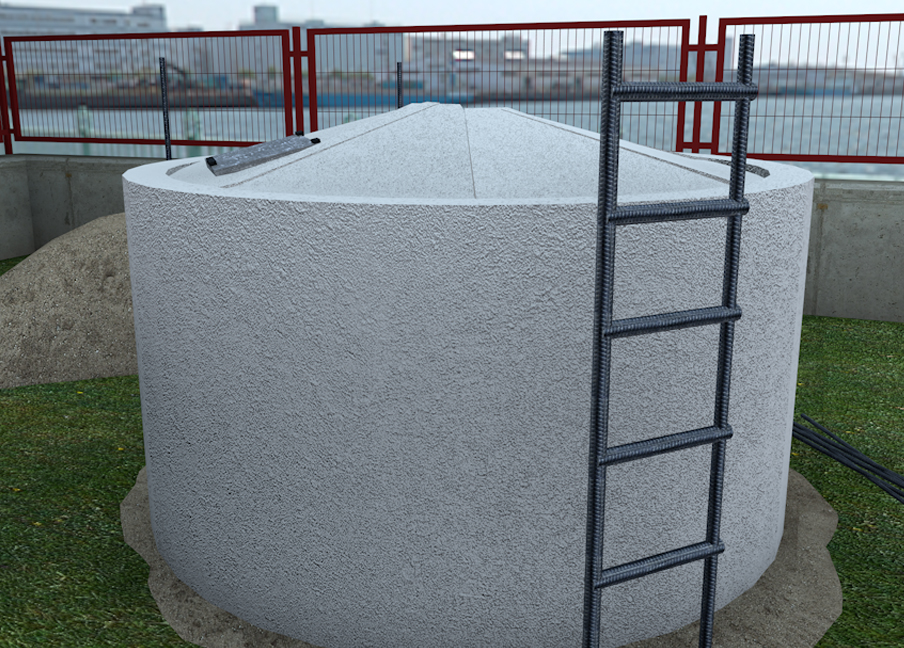Farmers Corner: Water Harvesting Techniques

Water is an essential natural resource for survival. The rapid growth of urban population has led to a greater demand of water due to scarcity; making it increasingly difficult to farm in these areas. The sustainable management of water resources is becoming very important for agricultural activities. The harvesting of rainwater is the collection and storing of rainwater for later use.
Water harvesting techniques are ways by which water resources can be made available throughout the farming season. The essence of these techniques is to increase recharge ground water, reduce peak runoff, reduce the risk of flood, and increase available water for irrigation purposes. In this piece, various techniques of water harvesting such as channel reservoir, on-farm reservoir, infiltration ditches, infiltration well, underground dams, etc. will be explained in details.
Channel Reservoir

Photo Credit: mavensphotoblog.com
Channel reservoir is a harvesting technique used to store water in the stream channel to increase irrigation during dry seasons. This can reduce the flow of water from upstream to downstream areas which in return, reduce the occurrence of flooding.
On-farm Reservoir

Photo Credit: agric.wa.gov.au
This water reservoir can be set up in farmlands for collection of water during the wet season for irrigation use in dry seasons. Benefits of this method includes runoff and rainfall harvesting, water storage and farmland irrigation.
Infiltration Ditch

Photo Credit: recycledh2o.net
This is a technique used to store and restore water to support irrigation farming. It can be used to collect surface runoff and contribute to recharge groundwater. Conservation of groundwater is important because it takes years to be replenished, hence, the need for infiltration ditches.
Groundwater Dams
Dam is a water harvesting technique for storing large volumes of water and can be used for hydroelectric power generation. Groundwater dams are structured to obstruct the natural flow and channel it to an underground storage. This technique can be used in areas where groundwater flow varies from high to low during dry seasons. The main advantage is the storage of water underground for lower risk of contamination and evaporation
Infiltration Well/ Ground Water Recharging
Lowering groundwater table leads to dry shallow aquifer. It is crucial to recover this lowering groundwater table by increasing recharge distribution rate by artificial methods. An artificial pit can be dug and filled with sand and pebbles in areas with soil permeability. The wells are constructed using between 2 ft to 6 ft tall cement rings left unfilled and covered with slabs. Rainwater from the surrounding are diverted to the well using PVC pipes through a filter chamber.
Ferrocement Tank

Photo Credit: wikihow.com
A ferrocement tank is created using cement and a structure made of steel bars and iron mesh wires. Rainwater from rooftop is collected through pipes for storage in these tanks. These method is prevalent in African homes for domestic use. Water purification filters can be installed to clean the rainwater for cooking, flushing and other household activities. This can also be used in farmlands for irrigation during dry seasons.
Because of the different seasons for planting and harvesting, it is important to store water for scarcity during the dry season. Crops need water to flourish and shortage of water can result in quantity and quality reduction of farm produce. Farmers can use any of these water harvesting methods to store water for irrigation during scarcity.







